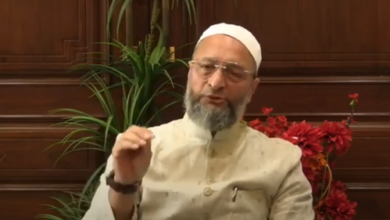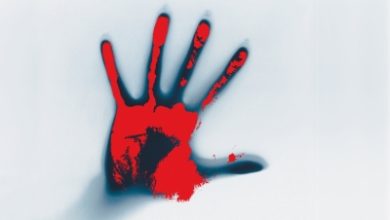
Nagpur (Maharashtra), April 19 : Nagpur Lok Sabha BJP candidate and Union Minister Nitin J. Gadkari along with his wife Kanchan and other family members voted at a polling station near their house in the state’s second capital, here on Friday.
Minister Gadkari, who is aiming for a hat-trick here, said that this time the BJP will definitely achieve ‘400-paar’ (400-plus LS seats), and expressed ‘100 per cent confidence’ that he would easily sail through in Nagpur with over 5-lakh margin.
“Not only that, we are also targeting a record voting turnout this time, from 54 per cent in 2019 to 75 per cent in 2024. I appeal to all the people to step out and exercise their right to vote, and celebrate the greatest festival of democracy,” urged the Union Minister.
The winner in the 2014 and 2019 LS elections, this time Gadkari is pitted against his main rival, INDIA-MVA-Congress nominee and MLA Vikas Thakare, who exudes confidence that he will trump his BJP opponent.
The first phase of the Lok Sabha 2024 elections started in five LS seats in Maharashtra in Nagpur, Chandrapur, Bhandara-Gondiya, Ramtek (SC) and Gadchiroli-Chimur (ST) at 7 a.m. with thousands trooping out to vote at various polling stations.
Leaders of various political parties have called upon the people to come out and complete their voting before the summer day temperatures start soaring.






